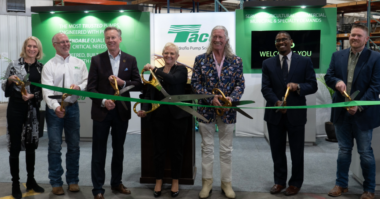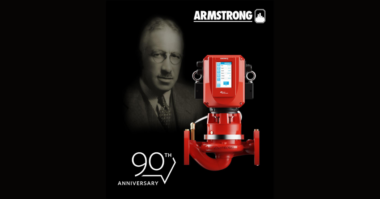Contributor: American Society of Mechanical Engineers
ASME brings flexible, affordable and applicable virtual training solutions to engineers everywhere
Lifelong learning for engineers doesn’t stop, even under quarantine during the COVID-19 pandemic. According to a recent survey of approximately 3,000 engineers conducted by the American Society of Mechanical Engineers (ASME), eight in 10 engineers anticipate a change in operations due to COVID-19 and reduction of business overall. This escalation of change in an already evolving industry landscape has prompted ASME to offer even more flexible, affordable, and applicable virtual training solutions to help engineers strengthen their skills for the current and post-pandemic workplace.
“The COVID-19 pandemic has had a profound impact on lives and livelihoods. The engineering work landscape has been rapidly evolving, and the pandemic has accelerated and changed the landscape in ways we are only beginning to understand,” says ASME Executive Director/CEO Tom Costabile. “Engineers are applying technologies including artificial intelligence, robotics and 3D printing to help respond to the public health crisis, and also to adapt processes in many industrial sectors and transform supply chains for the future.”
ASME Director of Learning and Development Arin Ceglia adds, “A significant number of engineers graduate with powerful textbook knowledge of fundamentals and theory, but lack the skills needed to apply that knowledge in their day-to-day work. Even experienced engineers might become siloed and not have the ability and awareness to keep pace with the rapidly evolving technical field.”
These two factors have combined to create a skills gap that worries industry leaders and educators. In manufacturing, for example, a 2018 (pre-pandemic) Deloitte study had estimated 2.4 million jobs would remain unfilled between 2018 and 2028, with an estimated economic impact of $2.5 trillion.
“Addressing this skills gap is critical, and it informs how those of us working in engineering learning and development approach everything from course design to education technology,” says Ceglia.
Many courses featured in ASME’s current training portfolio are based on the application of ASME codes and standards—from boilers and pressure vessels and gas turbines to piping and pipelines and design and materials. Others include opportunities for advancing engineering technology, including additive manufacturing, cell manufacturing and industrial automation. These courses fulfill a need to deliver this information faster, smarter, and in a more convenient way, and are now available with significantly discounted pricing.
ASME courses are built as part of a competency framework, or a learning architecture, so they also contribute to completing a stronger picture of a learner’s knowledge capabilities, indicating levels achieved in a set of core competencies, along with skills. Employers can track their employees’ progress in these competencies or skills, identifying areas of progress as well as where improvement (and targeted investment) is needed.
Visit https://resources.asme.org/learnfromhome for a list of current course offerings and more information.
About ASME
ASME helps the global engineering community develop solutions to real-world challenges. Founded in 1880 as the American Society of Mechanical Engineers, ASME is a not-for-profit professional organization that enables collaboration, knowledge sharing and skill development across all engineering disciplines, while promoting the vital role of the engineer in society. ASME codes and standards, publications, conferences, continuing education and professional development programs provide a foundation for advancing technical knowledge and a safer world. For more information visit asme.org.





Comments